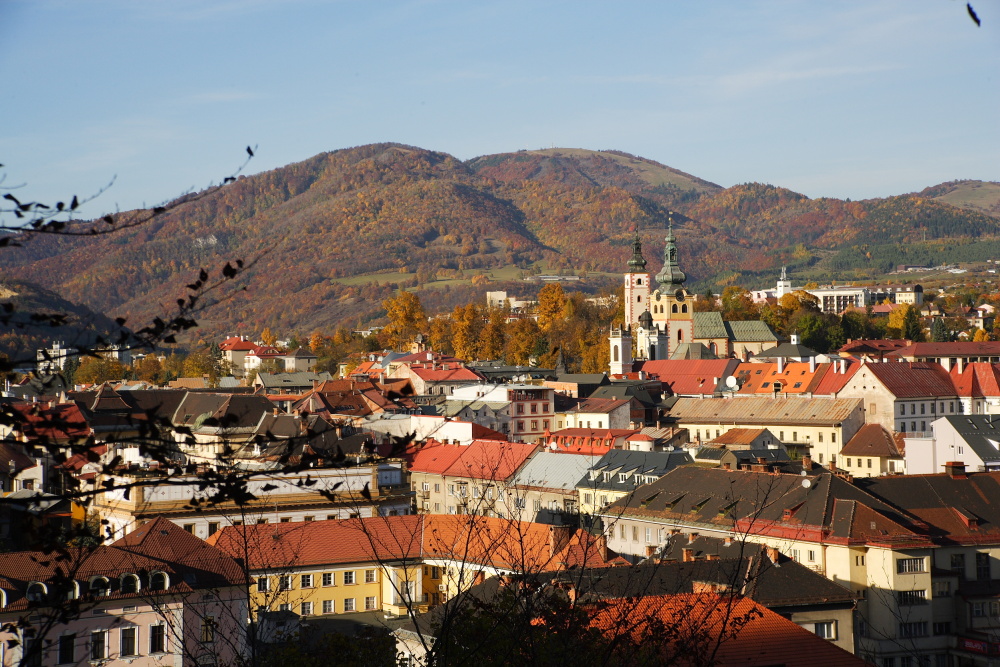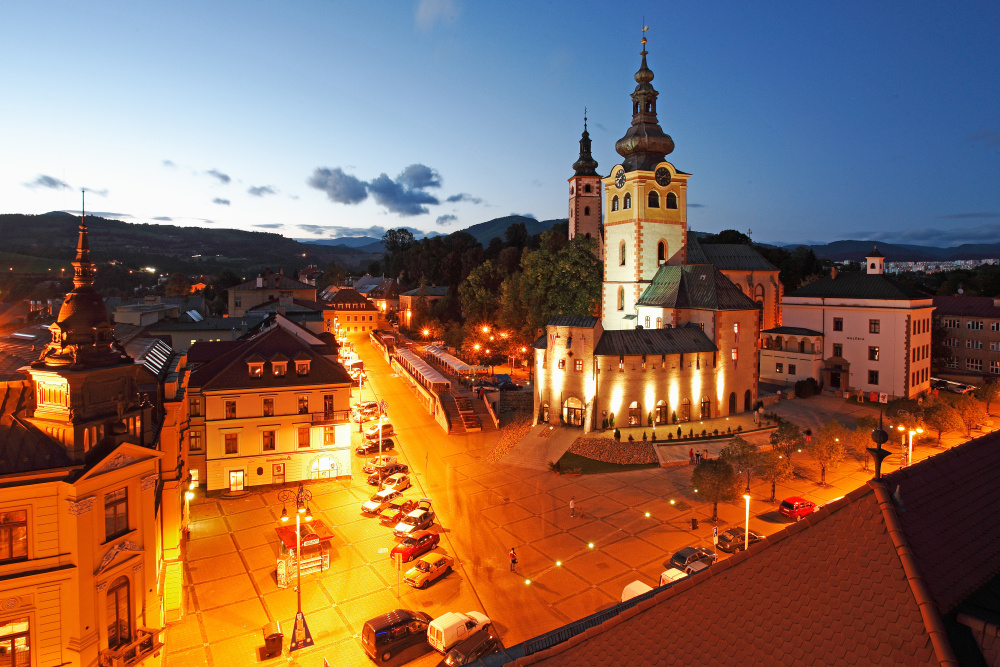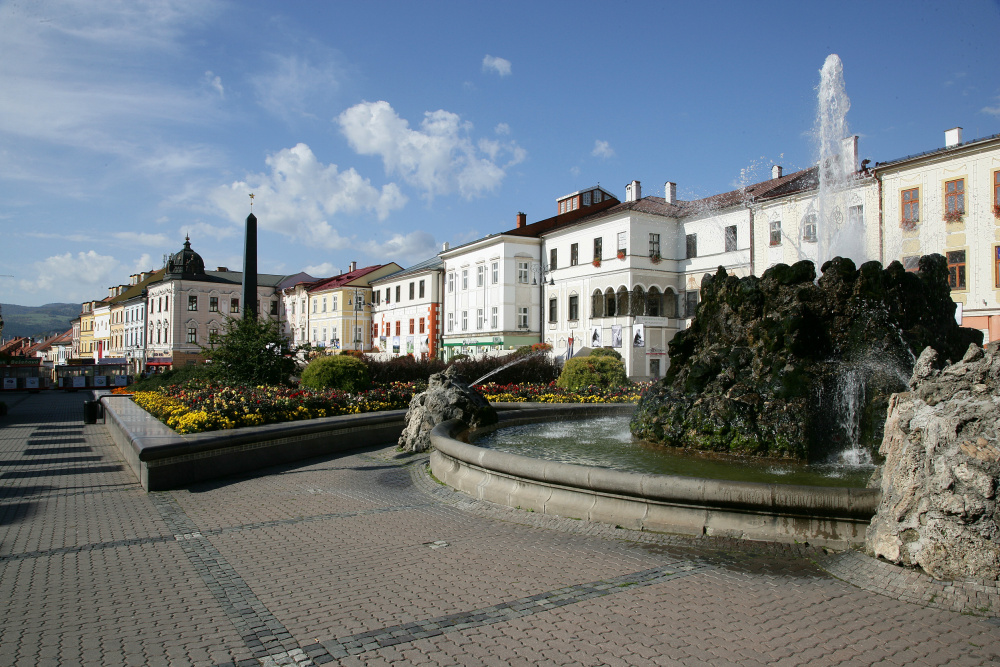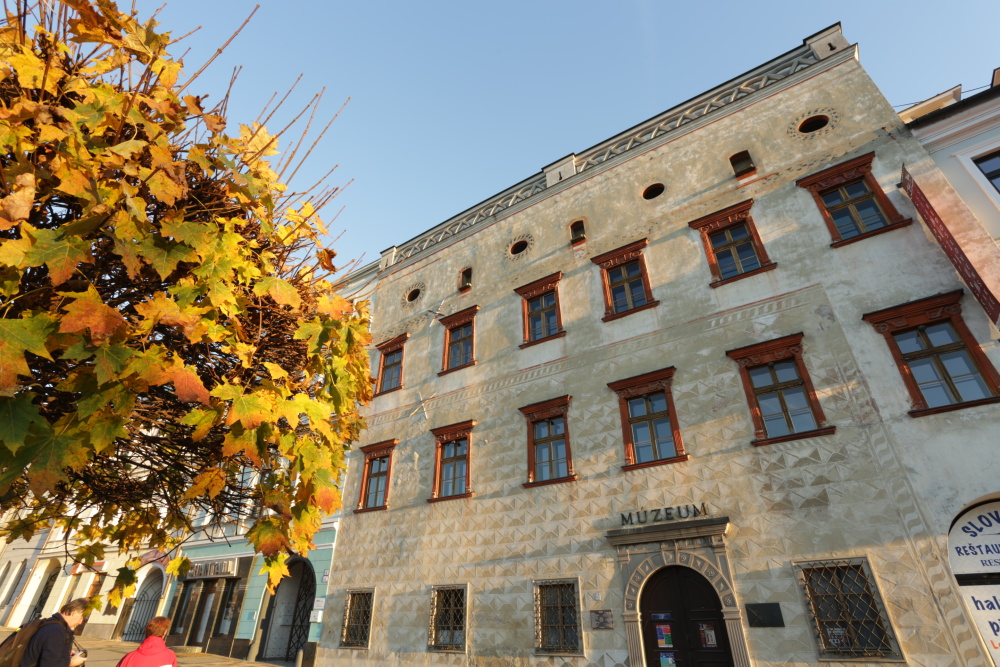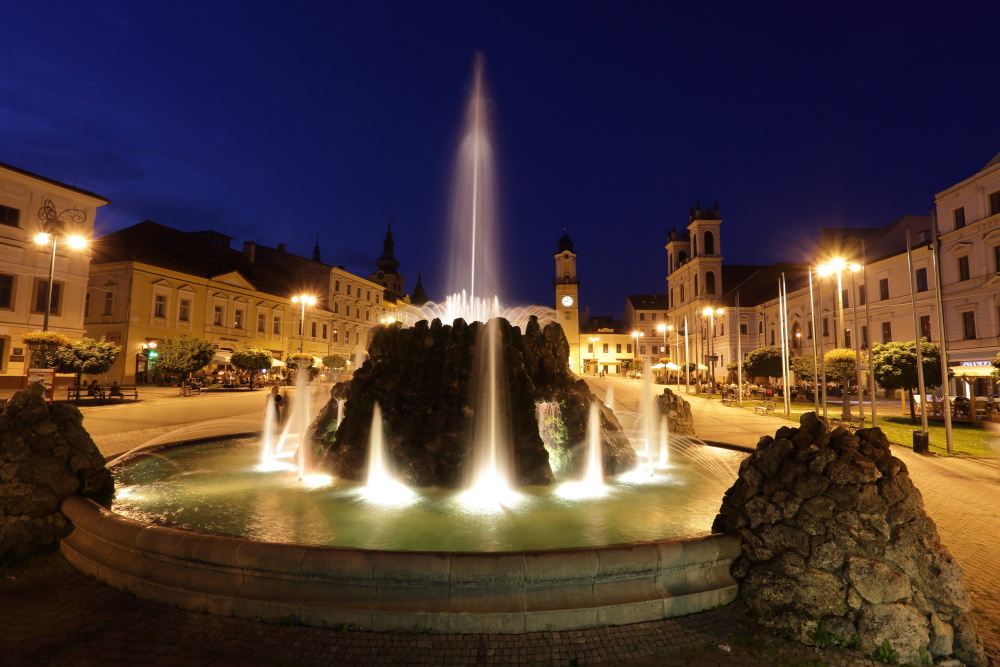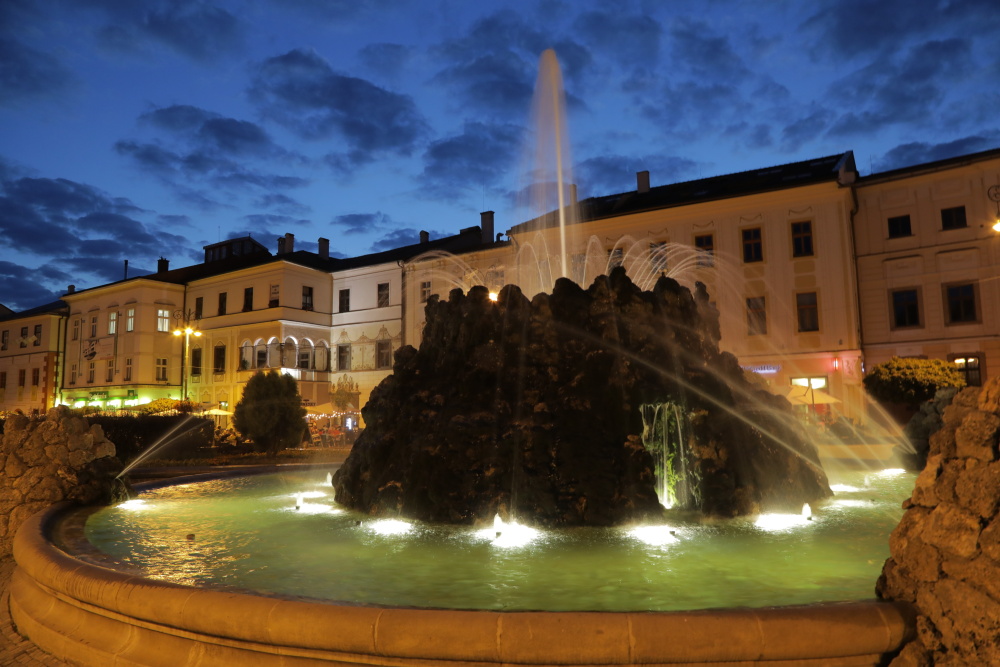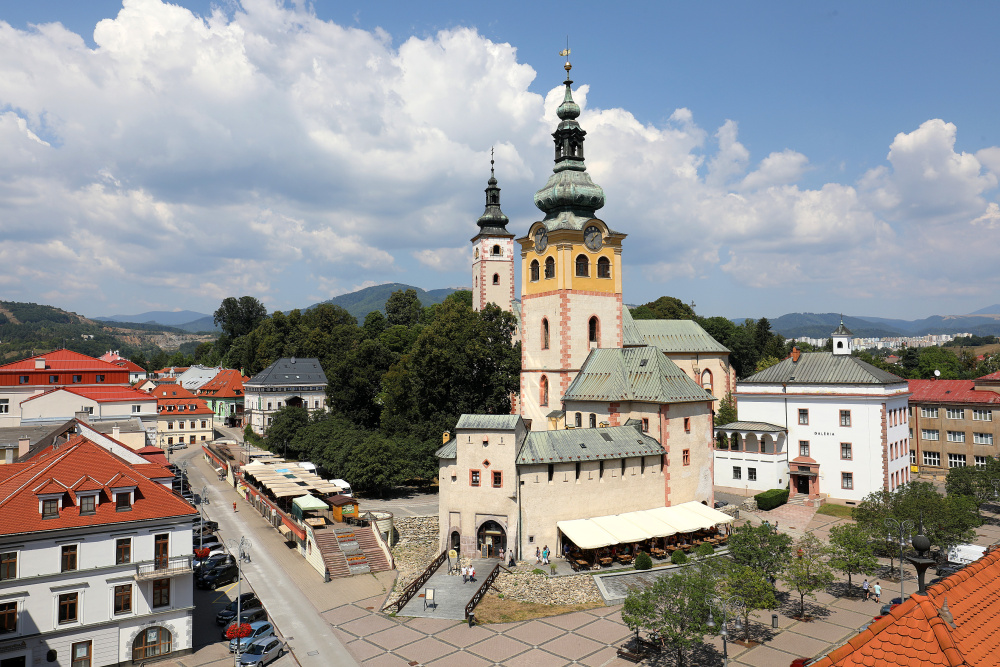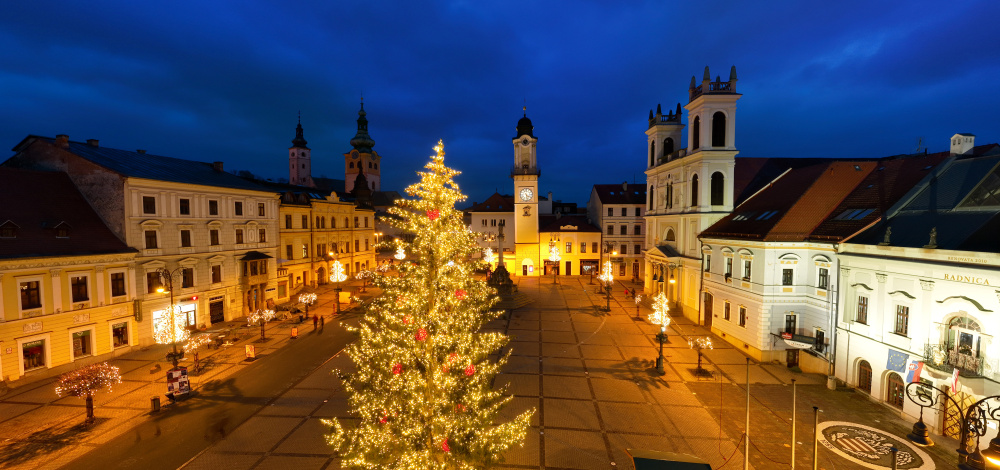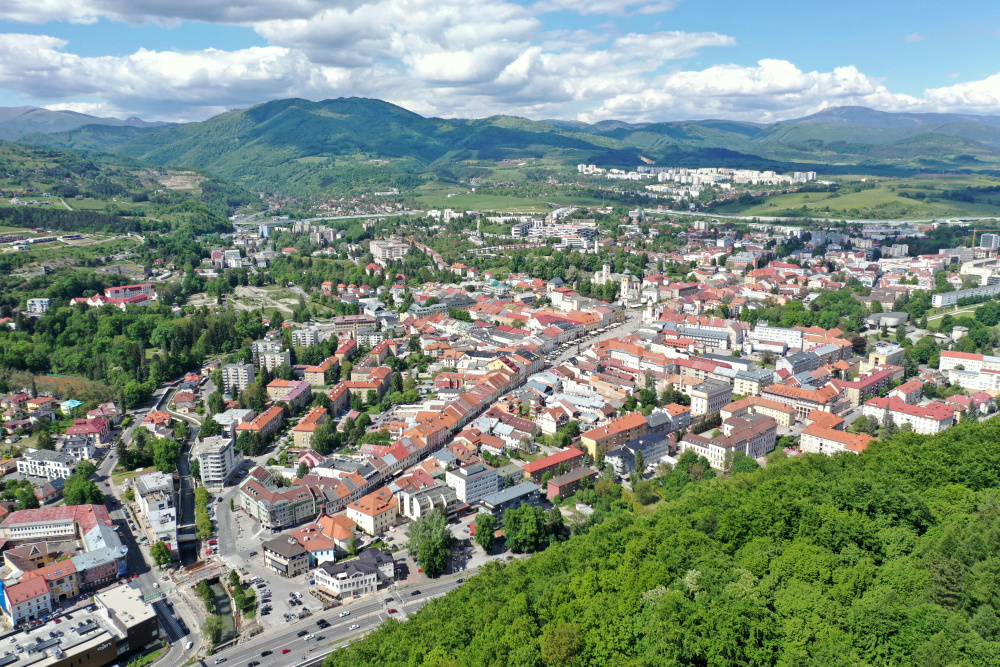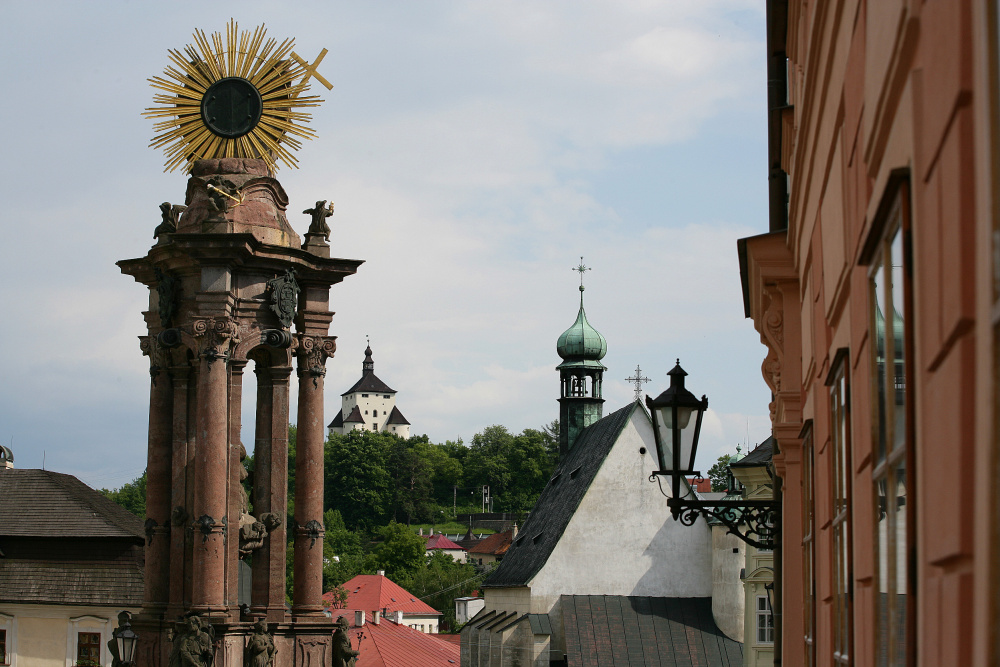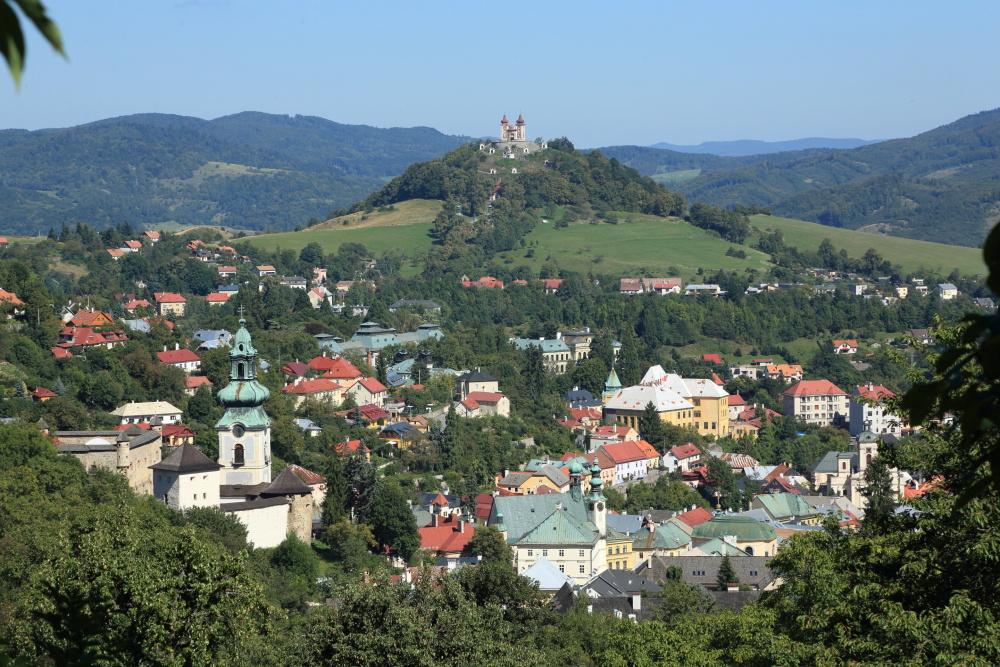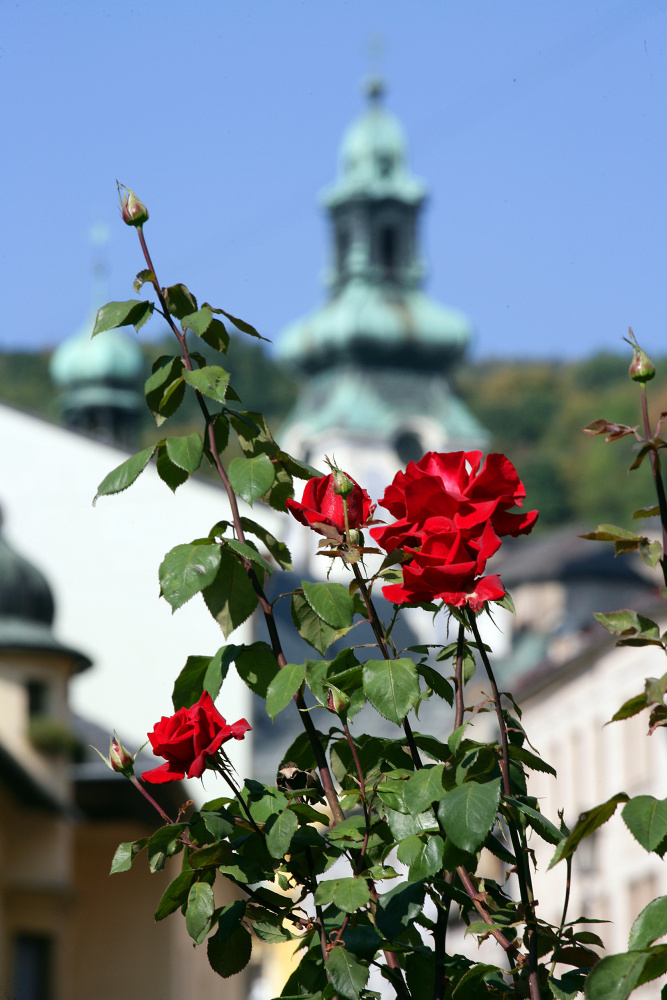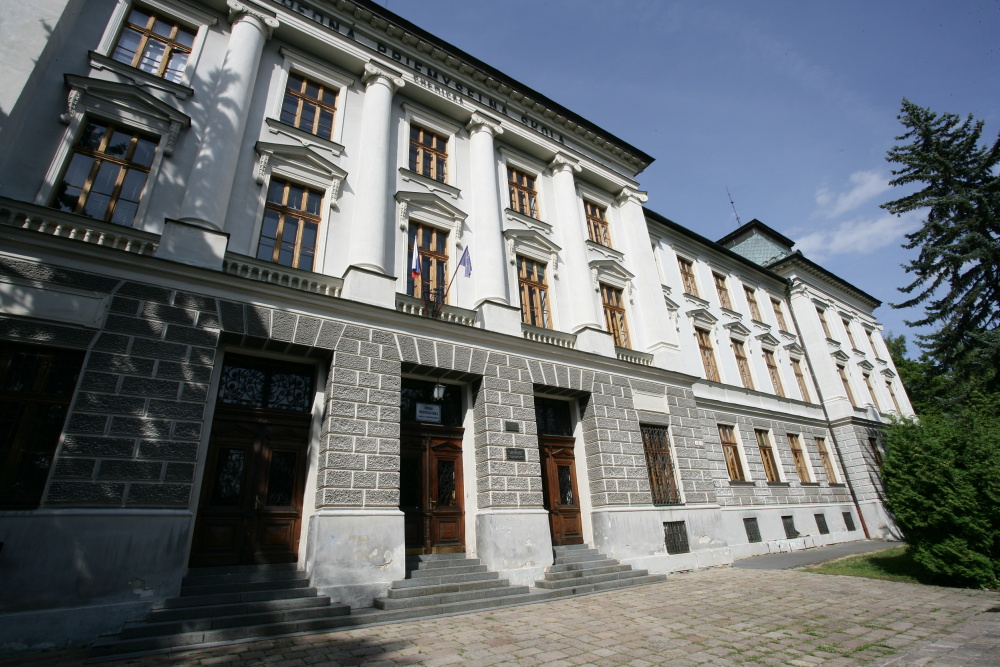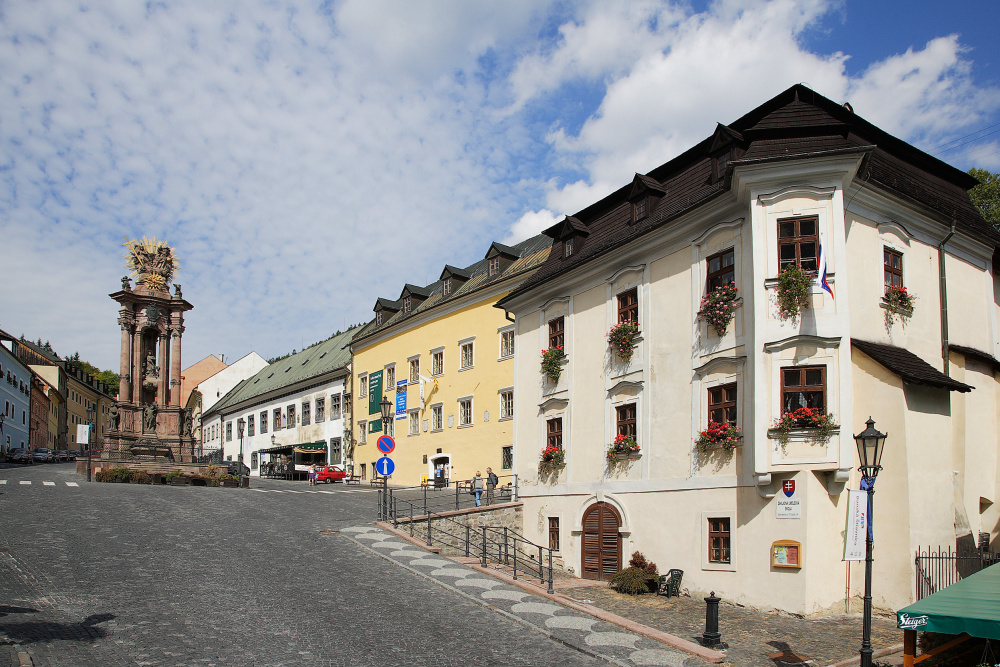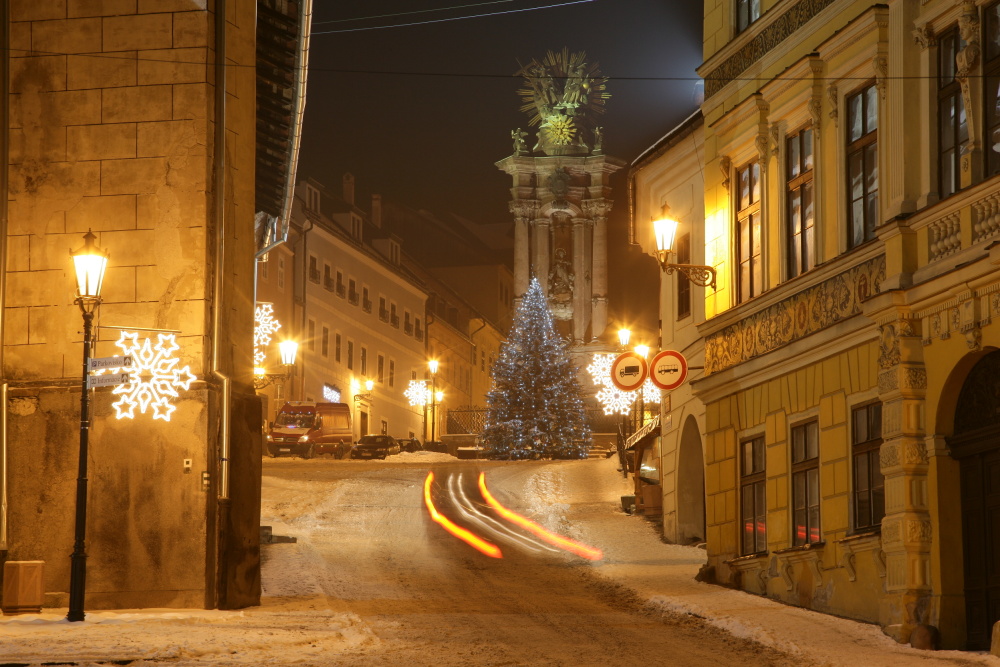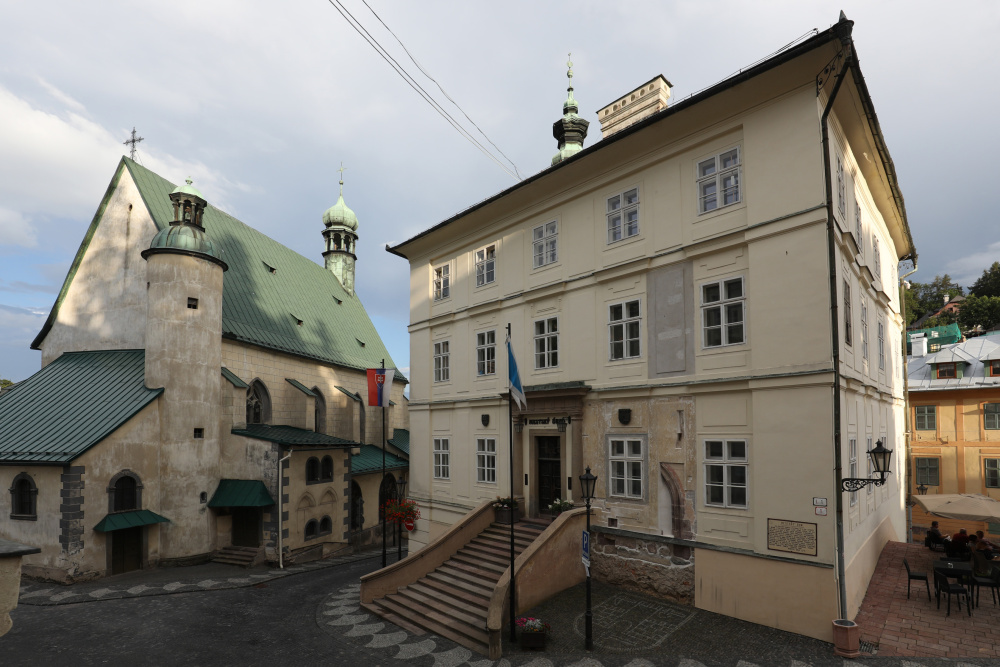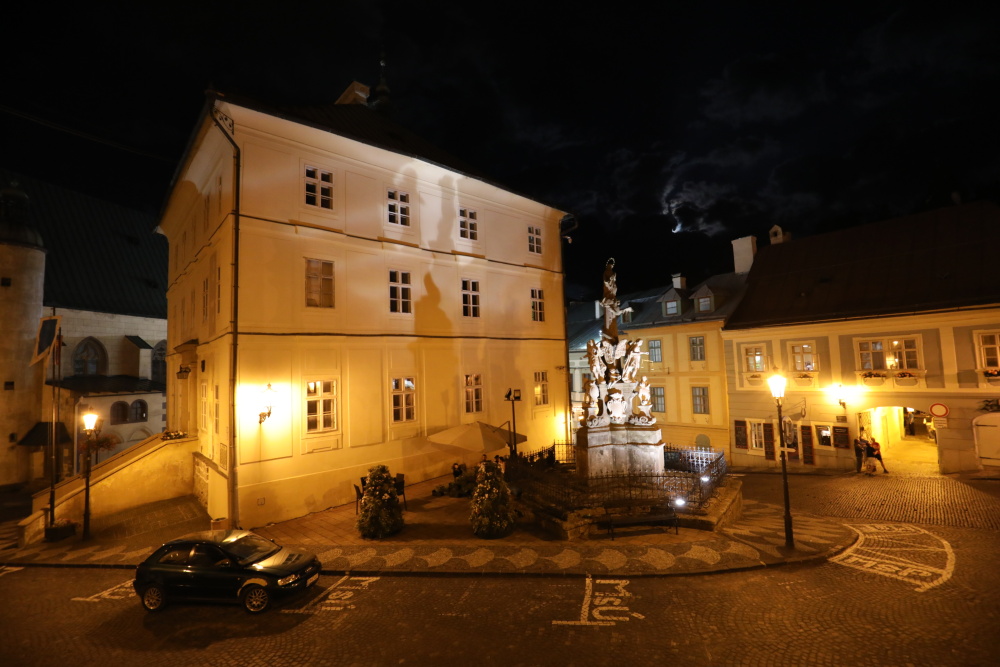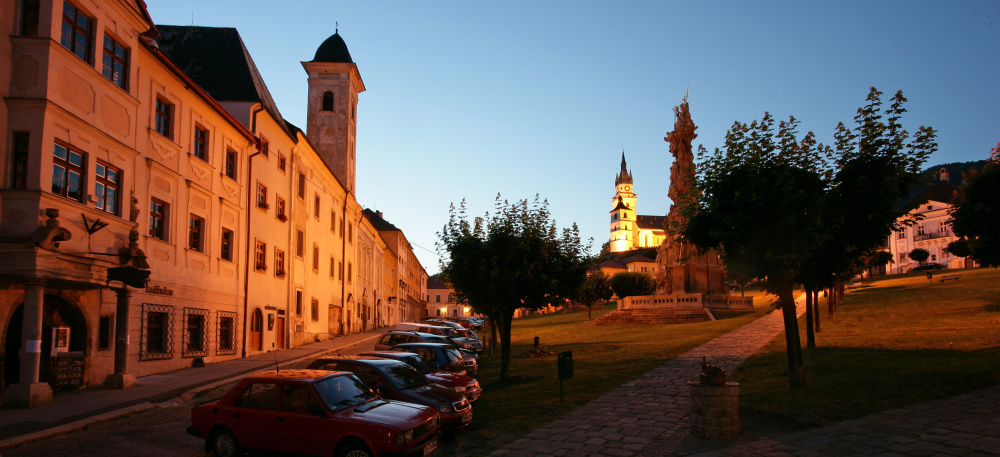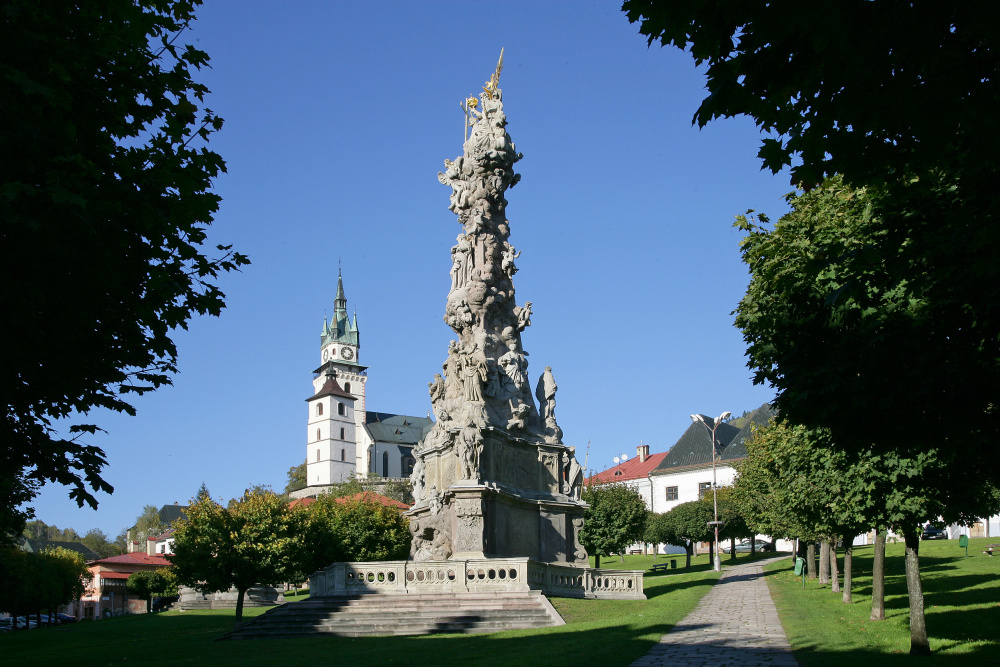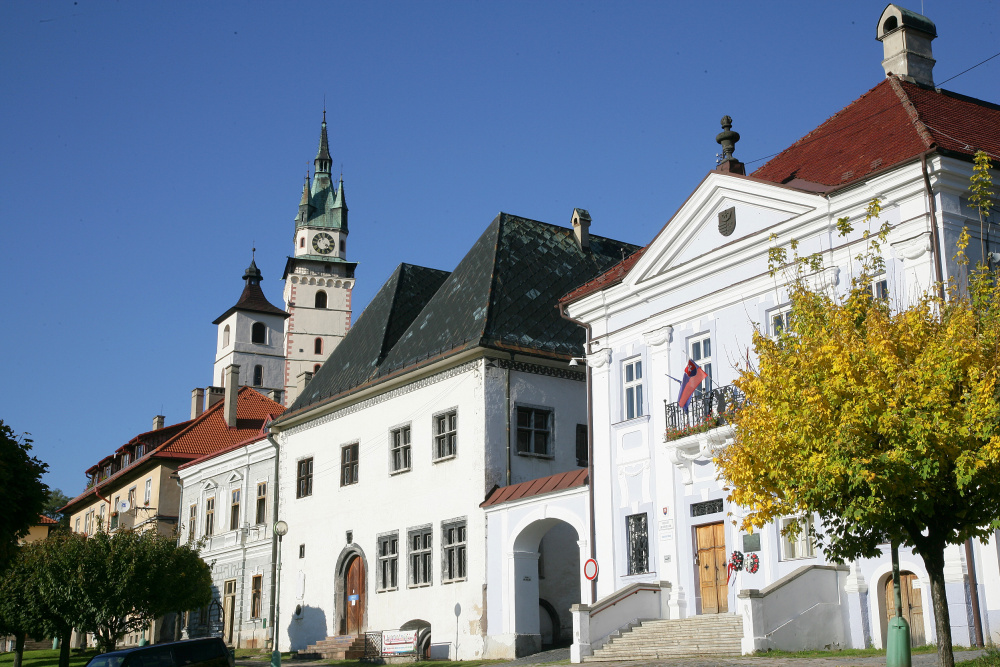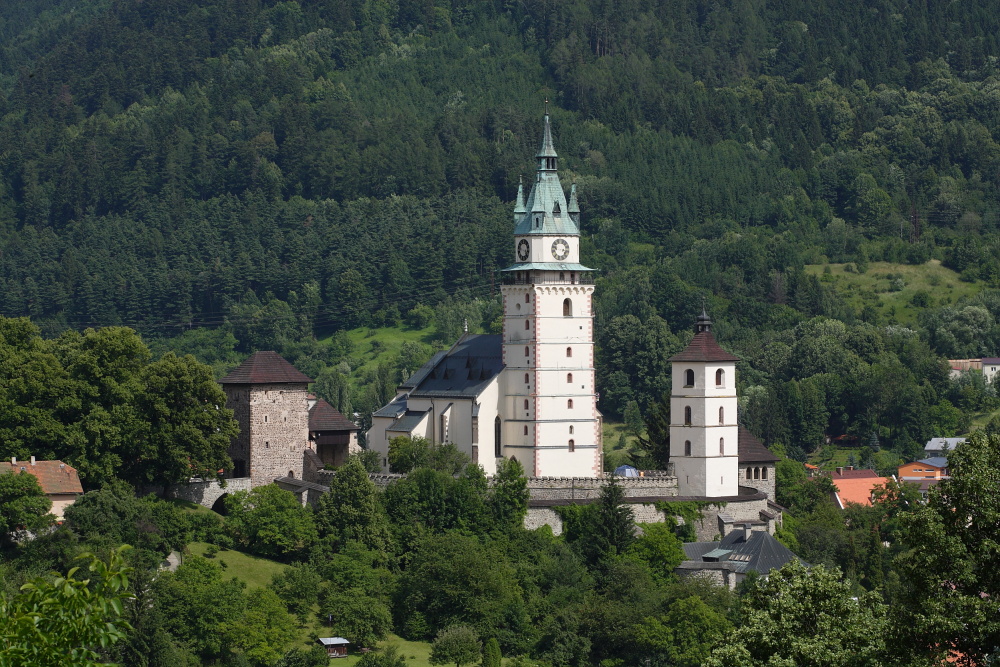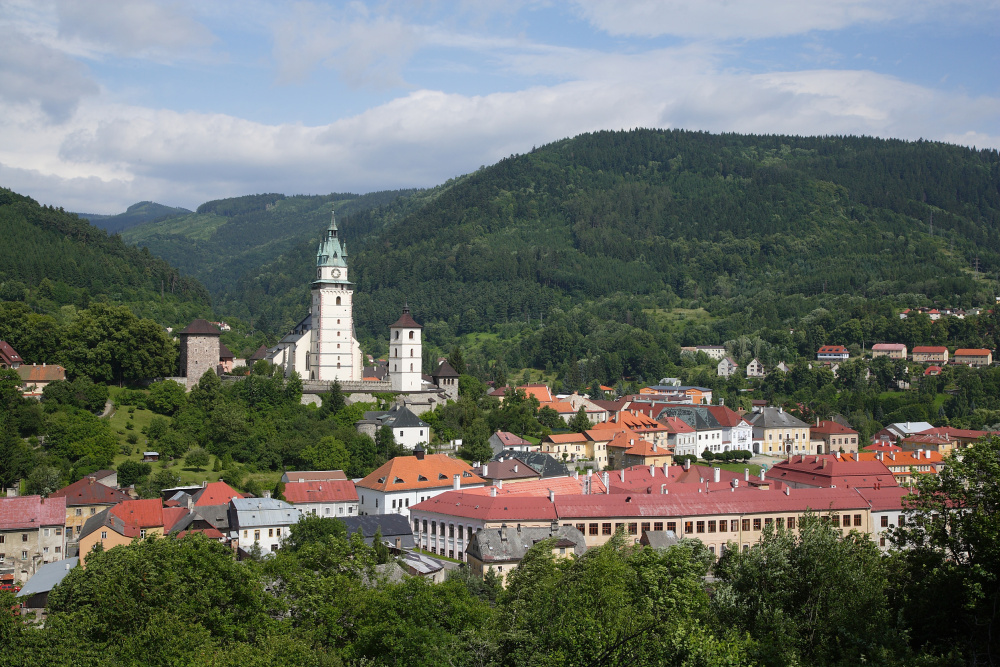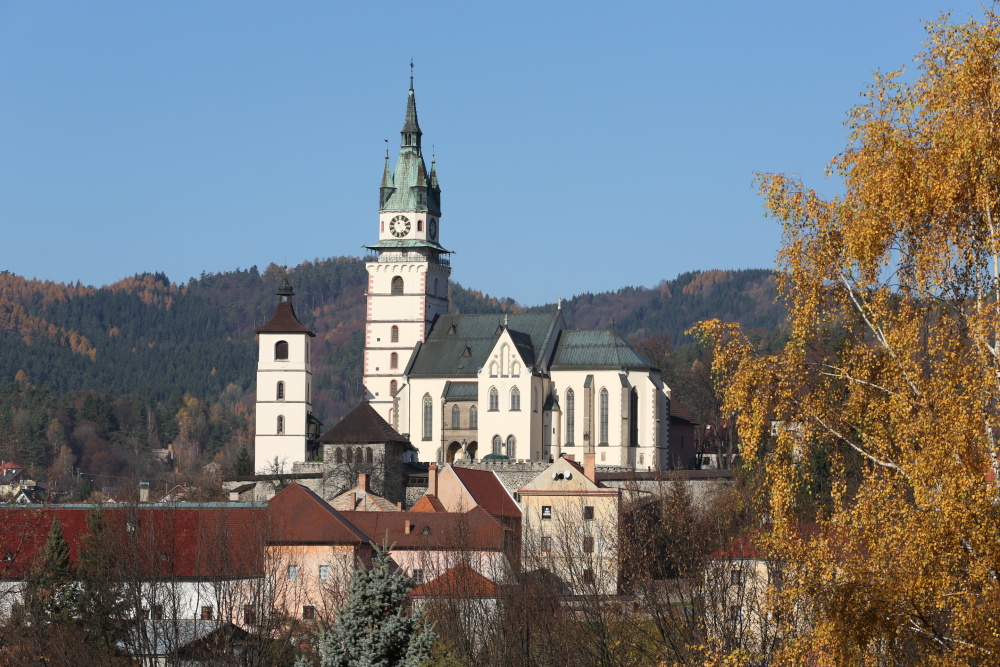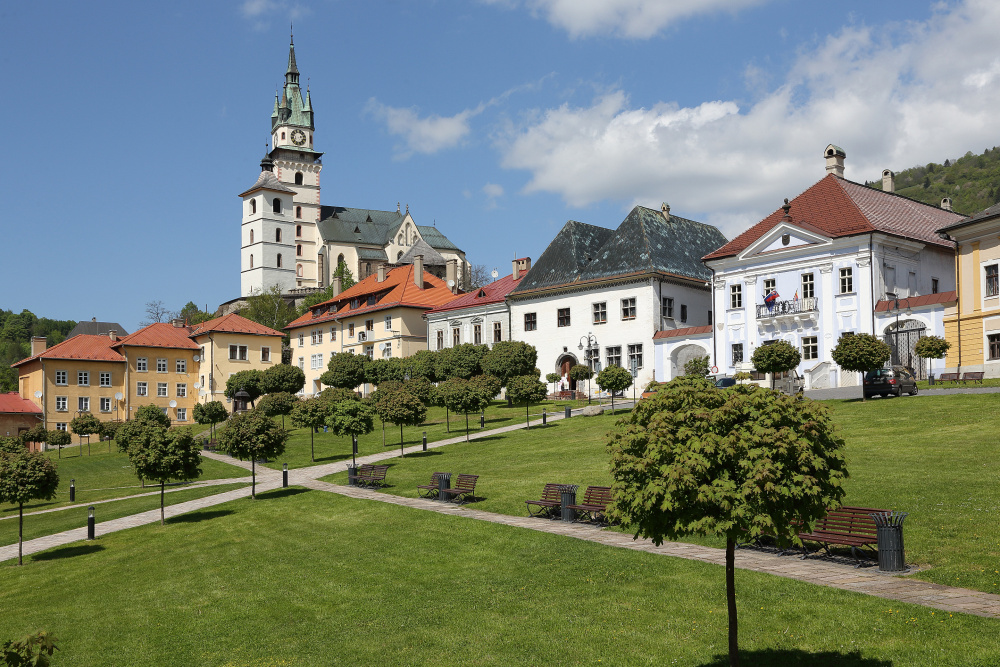Banská Bystrica
5 reasons to visit Banská Bystrica
- A walk through the historic centre with the castle and significant monuments will immerse you in the town's rich history.
- From the leaning tower on the square, you can see the whole town as if in the palm of your hand.
- The unique interactive exhibition of mining activities and of the Thurzo-Fugger Company reveals why Bystrica's copper is of international importance.
- The surroundings of the Špania Valley will guide you through the mining activities of the region.
- After hiking in the surroundings, you will fully understand why they say: "Alive in Bystrica, after death in heaven."
Did you know that ...
- The Thurzo - Fugger company, later the Hungarian Copper Company (Ungarischer Kupferhandel) – was located in Banská Bystrica. Already by 1500, it was one of the largest European trading companies.
- In the 16th and 17th centuries, the company was the world's largest copper producer. They produced more than a thousand tons of copper a year, plus an average of two tons of silver. In their heyday, they processed 40% of the world's copper ore production.
- Banská Bystrica already had a water supply and sewage system by the middle of the 16th century. Drinking water was distributed through water pipes made of red spruce. The sewerage system was made of stone tiles.
- On the square there is the Pribicer house, where Jakub Pribicer, the author of the first Slovak astronomical work, lived. In 1578 he wrote "Treatise on Comets". It was thought to be lost, and it was not until the 20th century that a specimen was discovered in Leipzig.
- In Bethlen's house in 1620, Prince Gabriel Bethlen of Transylvania, the leader of Bethlen's anti-Habsburg uprising, was elected King of Hungary. He did not dare to be crowned with the St. Stephen's royal crown.
- In 1496, the Fugger family brought a doctor to Banská Bystrica, whom they paid for the care of miners.
- Banská Bystrica was not spared from epidemics. The inhabitants were threatened by plague, typhus, cholera and other diseases.
Prevention and treatment remained the responsibility of the cities. The state did not take national measures. Since its origins, Banská Bystrica had a house for the poor, a hospital, a city slaughterhouse and later even a spa., and more and more doctors and pharmacists. The public hygiene was at a good level, the streets were cleaned. During epidemics, there were strict controls at the entrance and exit of the city, foreign beggars were expelled, the sick were concentrated in infirmaries. Public gatherings were forbidden. In the 18th century, the Banská Bystrica physician Karol Otto Moller wrote educational publications.
Banská Štiavnica
5 reasons to visit Banská Štiavnica
- Wander through the historic centre with its narrow streets, where almost every house has its secret.
- The Mining Museum in Nature takes you underground, where you can see what the miners´work was like.
- Calvary - one of the most beautiful Baroque calvaries in Europe. It has 17 stops and three churches. Sensitively set in the landscape, it provides spectacular views.
- A hiking walk along the Paradajs nature trail will take you to places with a fabulous view of Štiavnica.
- Tajchs - a unique system of water reservoirs that will allow you to relax while swimming.
Did you know that ...
- The well on the roof of a house is one of the wonders of Štiavnica. On Akademická Street, there is a well on the roof of the building, and short steps lead to it.
- Voznicka Heritage Tunnel - Once the longest mining works in the world, with a length of more than 16.5 kilometres, it passes through the entire Hodrušská valley and connects the Vyhnianske, Belianske, Štiavnické and Piargske mines.
- Tajchs in the Štiavnické Hills - More than 66 tajchs or water reservoir were built in the Štiavnické vrchy at the turn of the 17th and 18th centuries. There are 24 functional reservoirs and they are used for recreational purposes, fishing or as a source of water. In the 18th century, the Štiavnica tajchs were probably the most perfect water management system in Europe. Together, the tajchs held a total of 7 million cubic metres of water and distributed it where it was needed. The water powered the groundwater pumps, powered the pits where the ore was crushed and washed, and the residual water was used to power the mills.
- The first use of gunpowder for peaceful purposes - Gunpowder was first used for blasting rock 390 years ago in the Upper Bieber adit on the former Piarg (today's Štiavnické Mines). Although some opinions say that it was done even earlier abroad, there is no documentary evidence.
- Mining academy - It was the first technical college in the world. It was established by Empress Maria Theresa by the decision of 13 December 1762.
- Tower clock with the hands backwards - On the clock on the tower of the town hall, the large hand shows the hours and the small hand the minutes.
- The Baroque Cross of Calvary in Banská Štiavnica on the Scharffenberg hill is considered the most impressive Baroque Calvary in Central Europe. It is one of the oldest calvaries in Slovakia. It has 17 stations of the cross.
- The last pipe workshop in Slovakia is located in the Old Castle.
Kremnica
5 reasons to visit Kremnica
- Visit the town castle, a complex of medieval buildings used for different purposes. They were built gradually from the middle of the 13th to the end of the 15th century. Fortifications protect the castle.
- Take a walk underground in the Andrej Mining Shed and experience the atmosphere of the old mining works.
- Stamp your commemorative coin at the Kremnica Mint.
- The town offers cultural experiences at the highest level all year round - visit the Kremnica Gags or the Kremnica Castle Organ.
- Take a guided tour of the Gothic cellars beneath the houses from the 14th and 15th centuries.
Did you know that ...
- In the 14th century, the Kremnica mines had the largest gold production in Hungary. By the foundation charter of 17.11.1328, the ruler Charles Róbert of Anjou elevated the existing mining settlement to a town, which at the same time became the seat of the Grand Royal Chamber. For more than 200 years, its powers covered more than half of Slovakia.
- Kremnica was at the head of a confederation of seven mining towns as it was the main mining town.
- The Kremnica Mint is the longest operating enterprise in the world, working continuously from its foundation in 1328 to the present day.
- Kremnica Gags is the oldest cultural humour festival in Slovakia.
- In one of the most beautiful medieval townhouses in Kremnica - the House of the Count of the Chamber – there are precious rooms decorated with a diamond vault. Since 2001, the annual Music Under the Diamond Vault festival has been held here, organised by violin virtuoso Peter Michalica.
- A unique technical monument Turček water pipeline used to power mining machines in the vicinity of Kremnica. Today it feeds a cascade of hydroelectric power plants.
- The European Organ Festival Kremnica Castle Organ is held annually in the Church of St. Catherine with the highest artistic criteria. Its artistic guests are among the absolute world's best.



